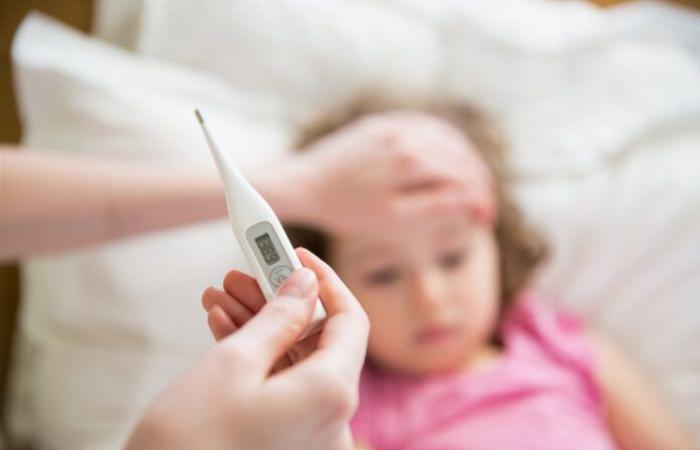human adenovirus (HADV) is responsible for severe infections both in immunocompetent and immunosuppressed individuals, with a particularly high prevalence in the pediatric population. However, currently no specific antiviral therapies approved for treatment are not available. Infections by one of the various adenovirus can be asymptomatic or cause specific syndromes, such as minor respiratory infections, keratoconjuntivitis, gastroenteritis, cystitis or primary pneumonia.
Adenovirus are double chain DNA virus that are classified according to the presence of three main antigens in their capsid: hexone, pentone and fiber. In humans, they have identified seven species (a a g) and a total of 57 serotypeswhich are associated with diverse clinical manifestations depending on the specific serotype.
The Adenovirus transmission It occurs, in general, by direct contact with respiratory secretions of infected individuals, even through indirect contact by contaminated gaps, such as towels or medical instruments. Likewise, it can occur by air or by exposure to contaminated water, as in the case of lakes or swimming pools with inadequate chlorine treatment. Asymptomatic viral elimination, either by respiratory or gastrointestinal route, can persist for months or even years, which contributes to their dissemination and maintenance in the population.
In this context, a study developed by the area of infectious diseases and the immune system of the Institute of Biomedicine of Seville (IBIS), in collaboration with the University of Texas Medical Branch (UTMB, Texas, USA) and led by doctors María Eugenia Pachón-Ibáñez, Javier Sánchez Céspedes and Jia Zhou, has demonstrated the efficacy and safety of a new antiviral molecule of broad spectrum. The results of this research have been published in the magazine Antiviral Research.
This study responds to the need to identify and develop New antiviral agents Before the shortage of effective therapeutic options against most viral infections.

New antiviral against human adenovirus
In this context, after multiple optimization rounds in vitro of candidate compounds, the analogue of salicylamide JMX0312 Due to its high antiviral activity against adenovirus and cytomegalovirus, as well as its favorable pharmacokinetic properties, for its subsequent preclinical evaluation of efficacy and safety in an animal infection model.
-Based on this, in the present work, the effectiveness and safety of this molecule has been evaluated in vainusing an HADV infection model in immunosuppressed Syrian hamsters.
The administration of JMX0312 at a dose of 6.25 mg/kg did not produce significant alterations in the body weight of the animals and achieved a reduction in viral load in liver and blood comparable to that observed with Cidofovir.
According to Javier Sánchez Céspedes, “our results show the potential utility of this molecule for the treatment of infections caused by adenovirus, virus for which there is currently no specific treatment and whose infections can result in severe disseminated disease and even death, especially in immunepepressed pediatric patients.”
In addition, the treatment with JMX0312 achieved a Mortality reduction in the animal model, although to a lesser extent than that observed with Cidofovir. It should be noted that the latter, despite its use in the treatment of HADV infections, presents a high toxicity that requires strict clinical control and does not have approval for use in the pediatric population, they say in the study.
The results obtained in this investigation underline the Therapeutic potential of JMX0312 As a promising antiviral agent against HADV, and support their future development in preclinical and clinical phases aimed at offering a safer and more effective therapeutic alternative for the management of these infections.
Additionally, in studies even in development, “this molecule has shown powerful antiviral activity in front of RNA viruses, revealing the wide range of pathogens against those that could eventually be used this treatment,” he said Sánchez.







